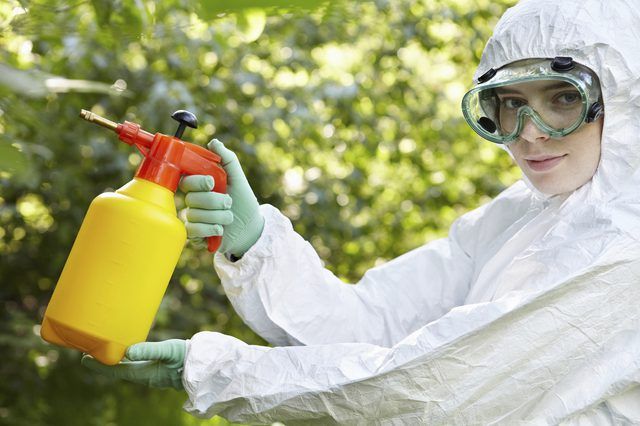Bulbs
Flower Basics
Flower Beds & Specialty Gardens
Flower Garden
Garden Furniture
Garden Gnomes
Garden Seeds
Garden Sheds
Garden Statues
Garden Tools & Supplies
Gardening Basics
Green & Organic
Groundcovers & Vines
Growing Annuals
Growing Basil
Growing Beans
Growing Berries
Growing Blueberries
Growing Cactus
Growing Corn
Growing Cotton
Growing Edibles
Growing Flowers
Growing Garlic
Growing Grapes
Growing Grass
Growing Herbs
Growing Jasmine
Growing Mint
Growing Mushrooms
Orchids
Growing Peanuts
Growing Perennials
Growing Plants
Growing Rosemary
Growing Roses
Growing Strawberries
Growing Sunflowers
Growing Thyme
Growing Tomatoes
Growing Tulips
Growing Vegetables
Herb Basics
Herb Garden
Indoor Growing
Landscaping Basics
Landscaping Patios
Landscaping Plants
Landscaping Shrubs
Landscaping Trees
Landscaping Walks & Pathways
Lawn Basics
Lawn Maintenance
Lawn Mowers
Lawn Ornaments
Lawn Planting
Lawn Tools
Outdoor Growing
Overall Landscape Planning
Pests, Weeds & Problems
Plant Basics
Rock Garden
Rose Garden
Shrubs
Soil
Specialty Gardens
Trees
Vegetable Garden
Yard Maintenance
Using Chemical Herbicides Safely
Chemical herbicides can be used safely by following the instructions listed on the label; misusing herbicides is illegal and dangerous.

When used correctly, chemical herbicides can provide swift control of weeds, invasive species and other undesirable plants in the garden. Herbicides have the potential to cause harm to yourself, your garden and the environment, however, and must be handled with caution and care. Herbicide labels contain vital safety, mixing and application information; failing to follow label instructions is not only dangerous, but it's illegal.
Toxicity Levels
Herbicides are labeled to indicate how toxic they are. The type of protective clothing you are required to wear varies depending on toxicity levels. When applying any herbicides, at the bare minimum you must wear long sleeves, long pants, socks with shoes and rubber gloves.
Danger -- Poison
Herbicides that contain endothall or paraquat carry the words "Danger -- Poison" are poisonous to humans and warrant additional protective clothing such as a face shield or goggles, rubber gloves and a rubber apron. Users must take care not to breathe in spray mist.
Danger -- Corrosive
"Danger -- Corrosive" indicate that the herbicide can cause irreversible eye or skin burns. Users should wear goggles or a face shield to protect their eyes. Herbicides labeled with "Danger -- Corrosive" will usually recommend flushing eyes out for at least 15 minutes with clean water and seeking immediate medical attention if herbicide comes into contact with eyes. For skin exposure, wash well and seek medical attention if irritation persists.
Warning
Warning means that herbicides are moderately toxic if ingested, inhaled or absorbed through skin.
Caution
Caution means that the herbicide has low toxicity levels, posing a lower risk of irritation to the user. Herbicides labeled with caution should still be handled with care.
Mixing
Mix chemical herbicides in an area where small spills can easily be cleaned up. Following label rates and instructions, fill half the spray tank with the required amount of clean water, then add the herbicide. Mix well and add the remaining water. If instructed by the label, add the recommended amount of surfactant, which will help the solution to stick to the plant. Mix only enough to complete the task at hand.
Application
Apply herbicide to the plant as per label instructions. Do not eat, drink or smoke while applying herbicide. Do not apply to bare soil, or soil that is eroding. Most herbicides should not be applied if temperatures are above 80 degrees Fahrenheit. If herbicide comes into contact with your skin, wash immediately with soap and water and follow label recommendations. Close containers tightly after use.
Warning
To avoid drift, in which herbicide lands on nearby desirable plants, spray when wind speeds are low: ideally less than 5 miles per hour. Early mornings and evenings are usually less windy.
Do not spray herbicides near waterways, such as streams, ponds, rivers, wells or lakes, where contamination could occur.
After Application
After applying herbicide, shower and change into clean clothing. Wash the clothing you were wearing during mixing and application separately from other laundry, and do not allow it to come into contact with your eyes or bare skin. If you have concerns about herbicide poisoning, call the free, confidential American Association of Poison Control Centers Poison Hotline at 800-222-1222.
Storage
Store unused herbicides in a well-ventilated, cool, dry and secure location away from children, pets and food products. If herbicides are on the floor, floor should be made of concrete or lined with plastic or other material that will keep leaks from penetrating into the soil. Temperatures should be at 40 degrees Fahrenheit or above.
For additional information on herbicides and their use, see "About Herbicides," and "Organic Herbicides."